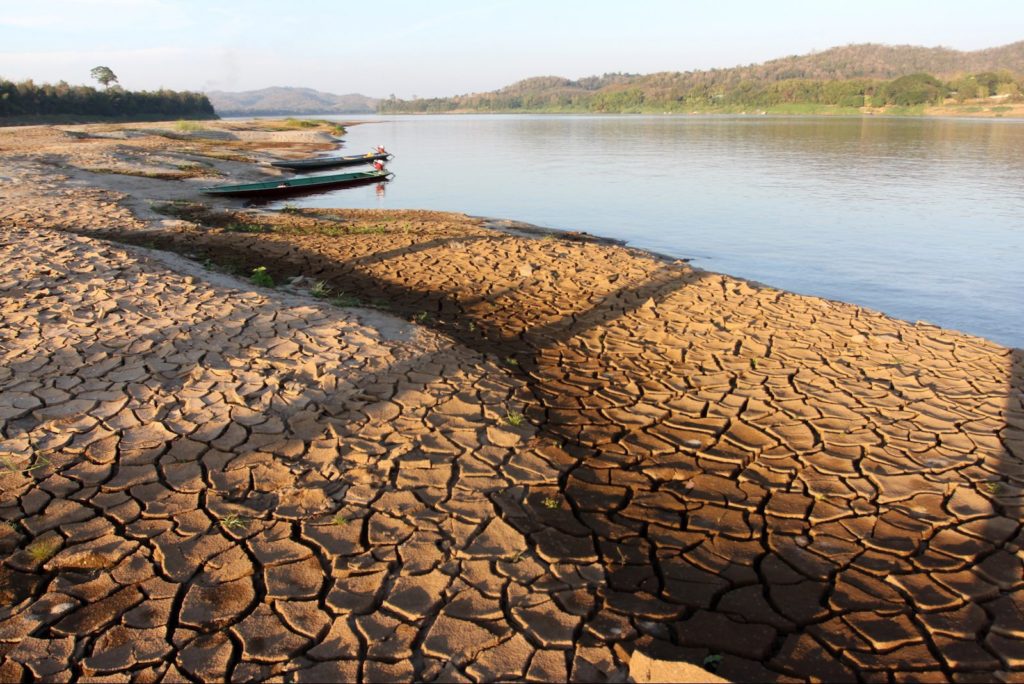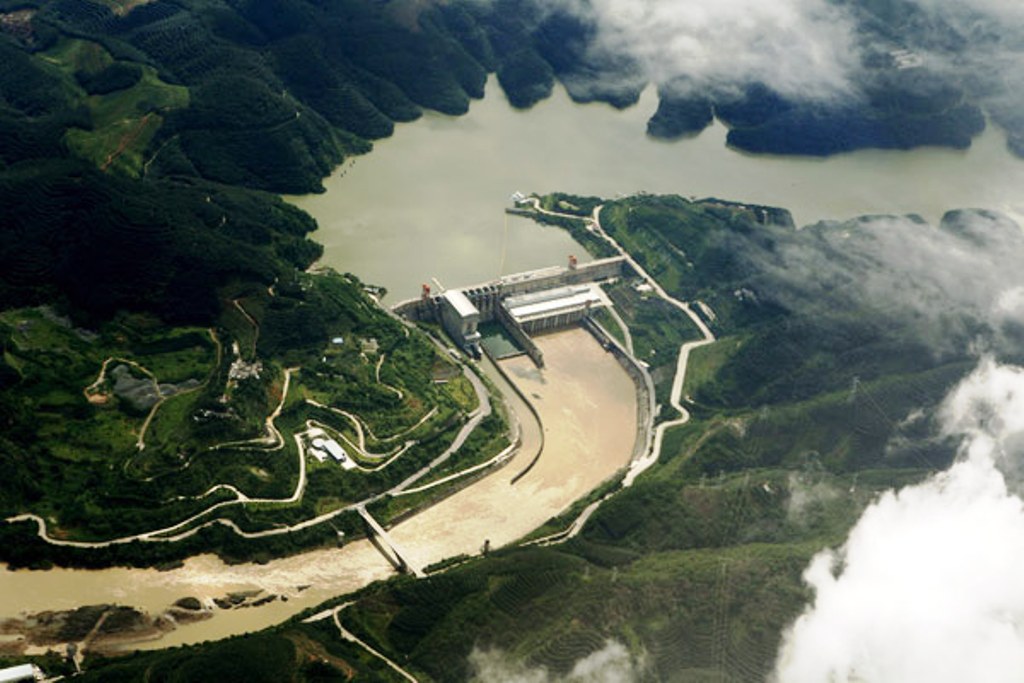News
China and Mekong Authorities to Investigate Record-Low Water Levels
Mekong River Commission researcher say the record-low water level may be caused by low regional rainfall. Even more climate change which is turning the weather hotter and drier, causing weak flow.

The Mekong River Commission has announced it will join with China to uncover the reason behind lower Mekong water levels dropping record low levels.
“We have started working with China to conduct a joint study to find out what are the causes of the low flow last year,” An Pich Hatda, MRC CEO told VnExpress on the sidelines of the 9th Regional Forum in Luang Prabang, Laos, that runs from February 5-6.
“I hope it’d provide a scientific evidence to explain why the water had dropped to its record low recently. Because now people just blame a lot about the mainstream hydropower projects. However we need to properly understand the causes,” he stressed.
A MRC report in mid 2019 showed water levels during last year’s early flood season, from June to July. Were among the lowest on record. Levels in Thailand’s Chiang Rai Province hit 2.1 meters against the average 3.02 meters measured over the past 57 years.
From the upper reaches of the lower Mekong basin in Thailand’s Chiang Saen to Laos’ Vientiane. And also further down to Thailand’s Nong Khai and Cambodia’s Neak Luong. Water levels fell below those of previous records experienced in 1992.
Downstream, Mekong Delta residents in southern Vietnam suffered serious droughts last year. After seasonal rains and subsequent flooding occurred later than usual.
The delta, as the nation’s rice bowl and aquaculture hub, meets the country’s food needs and also boosts exports.
Early drought for farmers
Starting April, farmers across the region saw their paddy fields left bone-dry for months. With freshwater reservoirs drying up, locals bought water for daily use, a situation unimaginable only a few years earlier.
Annual flooding occurs late July or early August and lasts until November. Floods fertilize the soil as silt is transported down-river. Delayed flooding disrupts crop cultivation as well as fishing across the delta.
Last year, flooding only occurred in mid-September.
In December, MRC stated the Mekong River had turned blue-green in some places as opposed to its usual muddy color, possibly due to its extremely low water level.
For now, MRC researcher say the record-low water level may be caused by low regional rainfall. Even more climate change which is turning the weather hotter and drier, causing weak flow.
Chinese Hydro Dam Open on the lower Mekong
In August last year, China announced it had to retain water at Jinghong Dam in southwestern Yunnan Province, established as part of a hydro-electric power drive to help wean it off coal, in for “power grid maintenance.”
The dam reduced water output from 1,200-1,400 m3/s to 800-1,000 m3/s in the first three days, before further reducing flow to 504-800 m3/s on January 4. Water output was restored to normal levels later, China’s Ministry of Water Resources stated.
The Office of National Water Resources of Thailand last December warned eight provinces along the river to brace themselves for a dip in water levels as China bottles water flow.
Jinhong is one of eight Chinese hydropower projects upstream of the Mekong, called Lancang in China. All eight dams have been blamed for the sharp fall in water levels downstream. This is according to Mekong Freedom Network, a Thai group that studies the impact of dams constructed along the river.
From its research, the group stated the eight dams have blocked a combined total of over 40 billion cubic meters of water for use in electricity generation and irrigation. Consequently affecting the livelihoods of those residing along the Mekong.
Vietnam’s Ministry of Agriculture and Rural Development in December warned the Jinghong Dam trial run would adversely affect the Mekong Delta from late January. Water levels in the delta have dropped and its largest freshwater reservoir in Ben Tre Province has experience salinity intrusion.
China Dam’s affecting Mekong River
Pich Hatda of the MRC said a memorandum of understanding inked between itself and Chinese Lancang-Mekong Cooperation Center in December last year would allow both sides to act on the matter.
Addressing the regional forum in Laos, Kol Vathana, deputy secretary-general of Cambodia National Mekong Committee, said the fact that upstream dams hold back water during the dry season had intensified drought downstream.
These dams have also caused the amount of sediment and fish flowing downstream to fall, affecting the Cambodian agriculture sector.
Vathana said Cambodia is now extremely concerned about the impact on its economy. Cambodia is also consulting regional peers to find solutions.
He added Cambodia has worked with other MRC members, including Vietnam, Thailand and Laos to enhance cooperation. Also share information with China, especially on the release of water from upstream dams.































